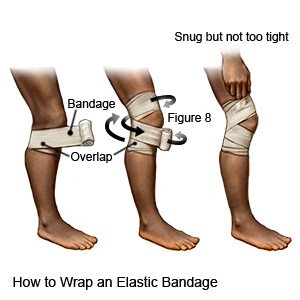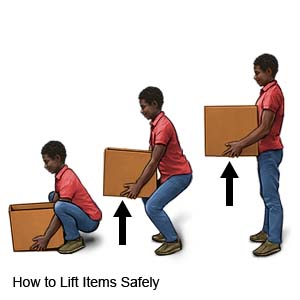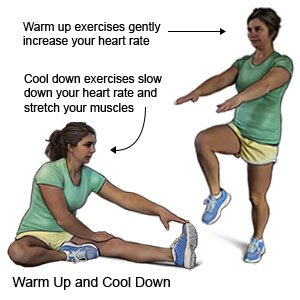Thoracic Back Strain
Medically reviewed by Drugs.com. Last updated on Apr 6, 2025.
AMBULATORY CARE:
A thoracic back strain
is a muscle or tendon injury in your upper or middle back. A mild strain may cause minor pain that goes away in a few days. A more severe strain may cause the muscle or tendon to tear.
Common signs and symptoms:
- Pain
- Muscle spasms
- Swelling
- Stiffness
Call your local emergency number (911 in the US) for any of the following:
- You have chest pain or shortness of breath.
Seek care immediately if:
- You have severe pain, or pain that spreads from your back to other areas.
- You have new or increased swelling or redness in the injured area.
Call your doctor if:
- You have questions or concerns about your condition or care.
Treatment
may include any of the following:
- Prescription pain medicine may be given. Ask your healthcare provider how to take this medicine safely. Some prescription pain medicines contain acetaminophen. Do not take other medicines that contain acetaminophen without talking to your healthcare provider. Too much acetaminophen may cause liver damage. Prescription pain medicine may cause constipation. Ask your healthcare provider how to prevent or treat constipation.
- NSAIDs , such as ibuprofen, help decrease swelling, pain, and fever. This medicine is available with or without a doctor's order. NSAIDs can cause stomach bleeding or kidney problems in certain people. If you take blood thinner medicine, always ask your healthcare provider if NSAIDs are safe for you. Always read the medicine label and follow directions.
- Muscle relaxers help prevent or treat spasms.
- Surgery may rarely be needed to fix the tear.
Self-care:
- Rest as directed. Move slowly and carefully. Do not lift heavy objects.
- Apply ice or heat as directed. Ice decreases pain and swelling and may help decrease tissue damage. Heat helps decrease muscle spasms. Your healthcare provider may tell you to apply only ice for the first 24 hours to help reduce swelling. Apply ice or heat to the area for 20 minutes every hour, or as directed. Ask how many times to do this each day, and for how many days.
- Use an elastic wrap or back brace as directed. These will help keep the injured area from moving so it can heal.

- Go to physical therapy as directed. A physical therapist can teach you exercises to help strengthen your back. He or she can also teach you safe ways to bend and move so you do not cause more injury.
Prevent another thoracic back strain:
- Lift objects carefully. Ask someone to help you lift heavy objects. If you must lift an object by yourself, do not use your back muscles to lift. Lift with your legs.

- Check your posture. Keep your upper body lifted and your head up. Poor posture can cause back strain or make it worse. Adjust your position if you work in front of a computer. You may need arm or wrist supports or change the height of your chair.
- Exercise as directed. Exercise can help strengthen your muscles and make you more flexible. Do not exercise or play sports when you are tired. Always warm up before you start and cool down when you finish.

- Stretch your muscles as directed. Keep your muscles limber by stretching every day. Stretch before you exercise.
Follow up with your doctor as directed:
You may need more tests to check for other injuries or to see how your injury is healing. You may also need to see a specialist. Write down your questions so you remember to ask them during your visits.
© Copyright Merative 2025 Information is for End User's use only and may not be sold, redistributed or otherwise used for commercial purposes.
The above information is an educational aid only. It is not intended as medical advice for individual conditions or treatments. Talk to your doctor, nurse or pharmacist before following any medical regimen to see if it is safe and effective for you.
Further information
Always consult your healthcare provider to ensure the information displayed on this page applies to your personal circumstances.
